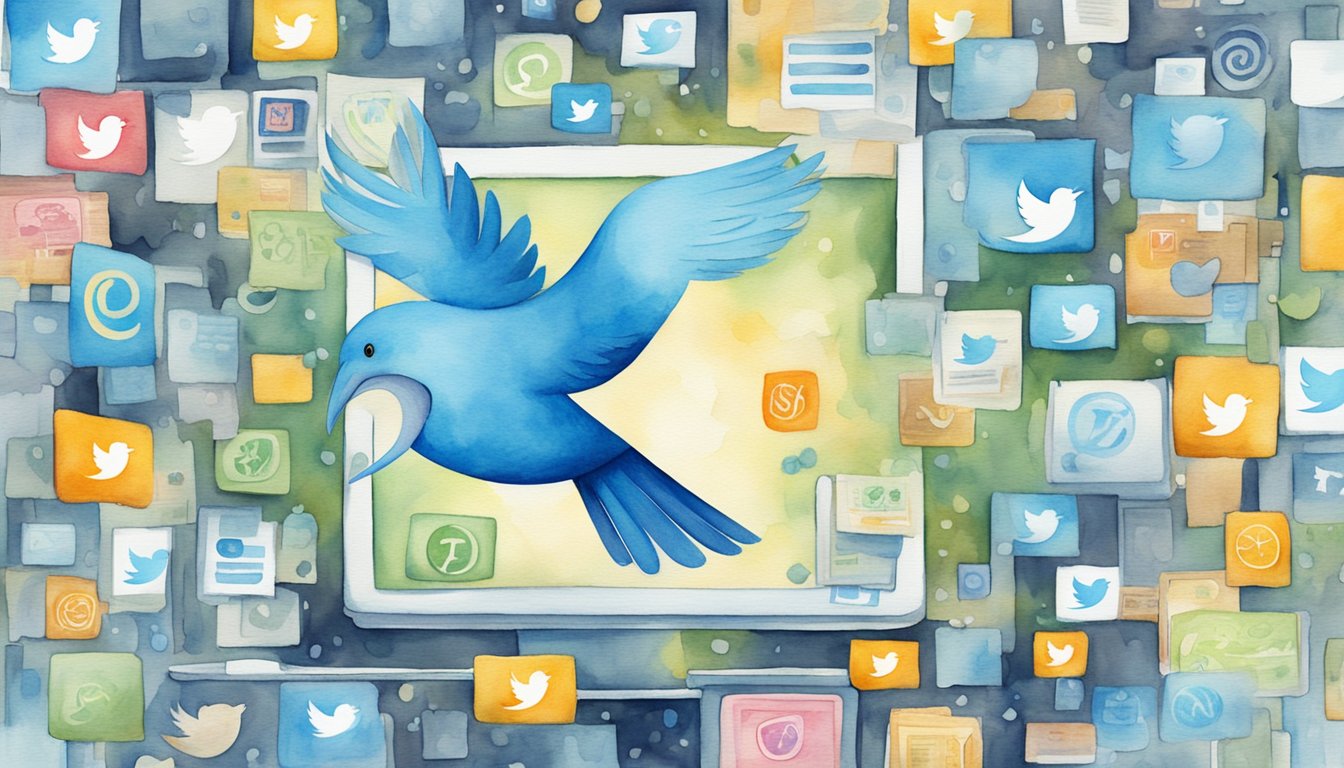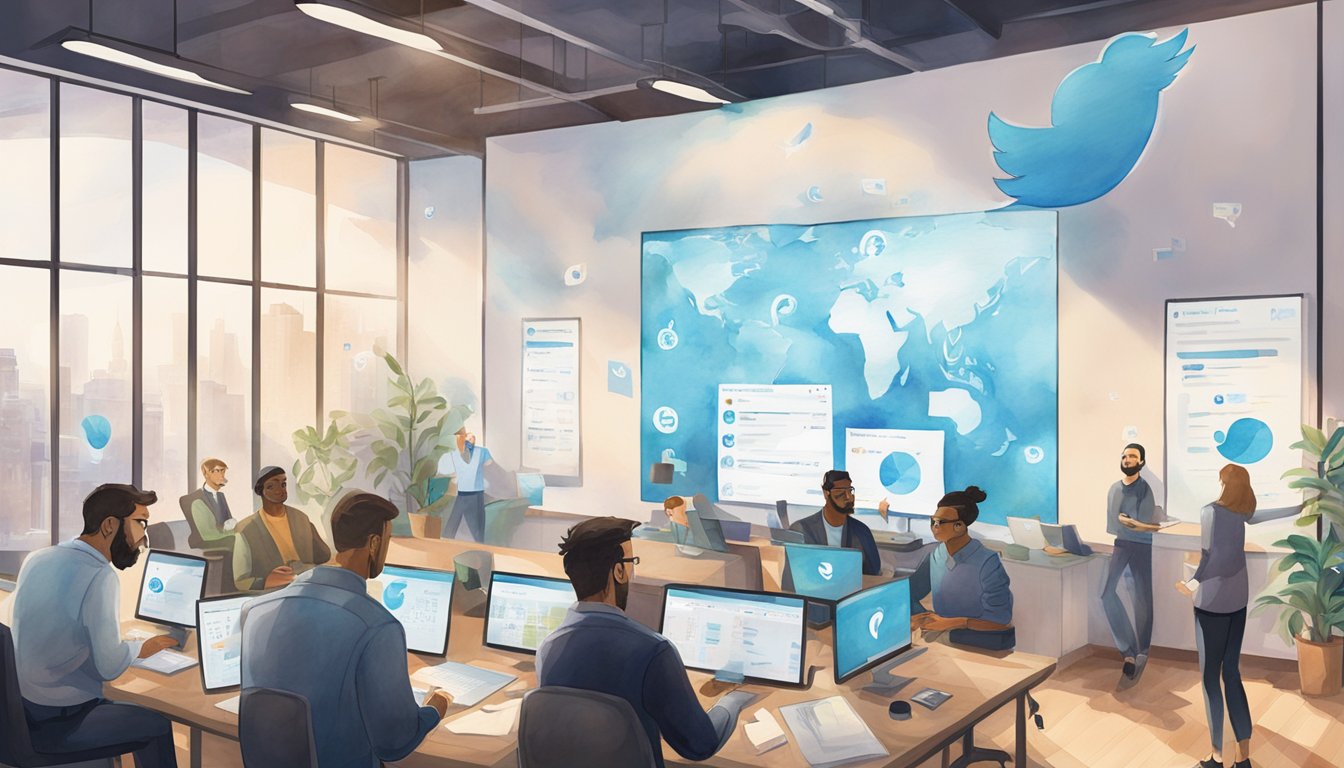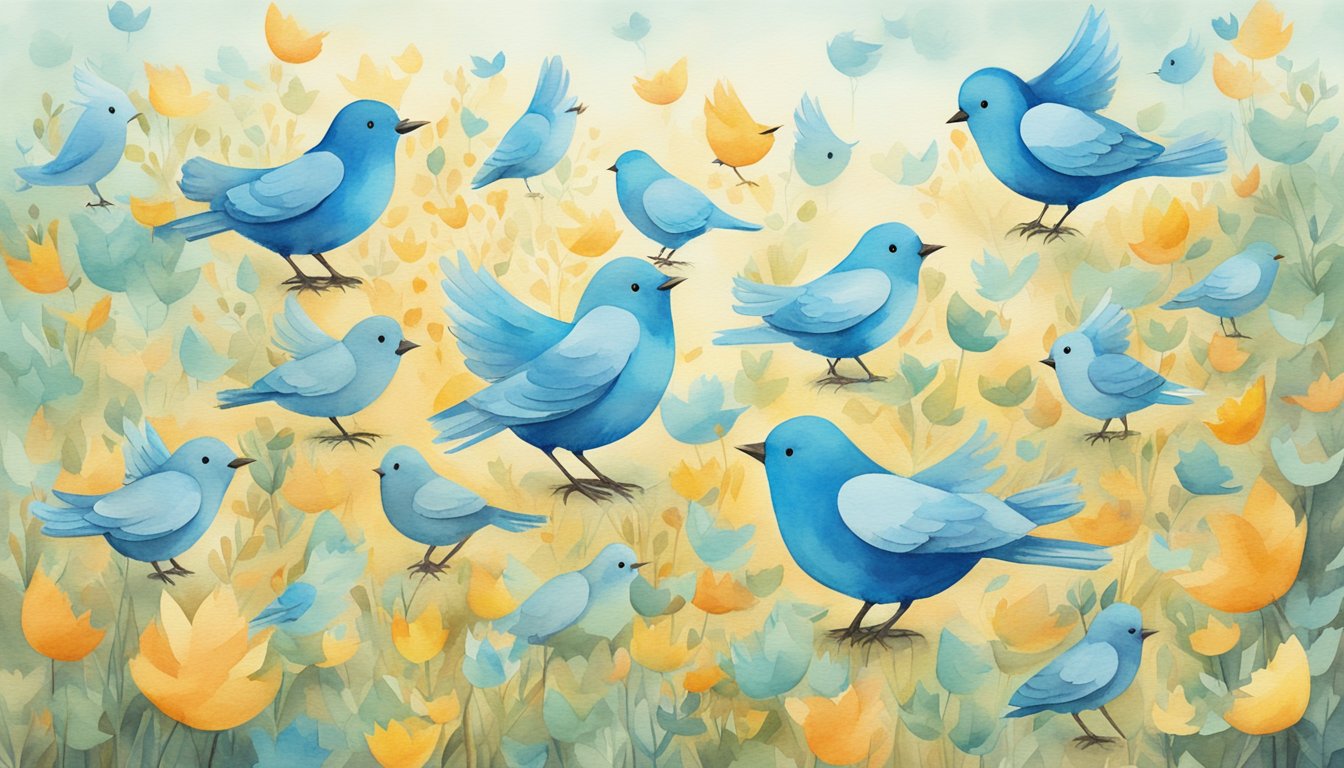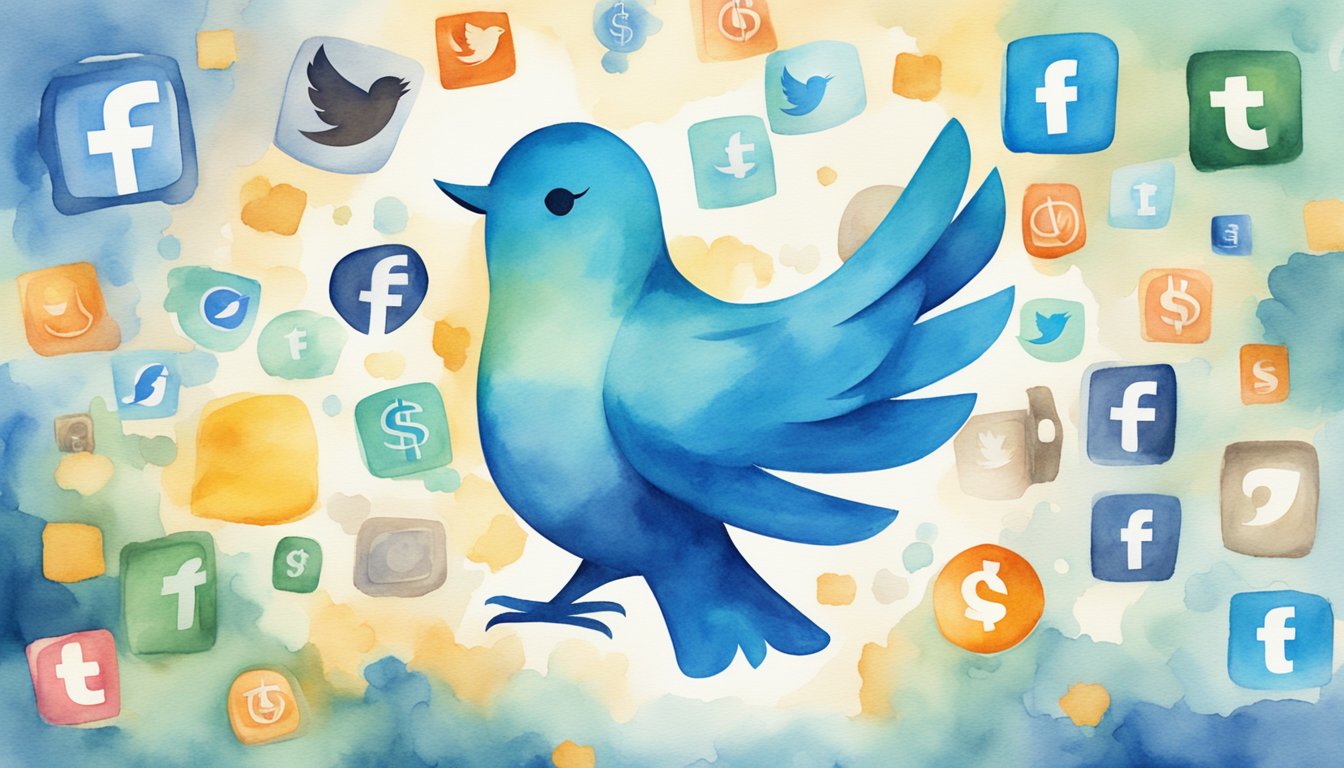Twitter, a widely recognized social media platform, generates its income through various business models that tap into the vast engagement of its user base. With its real-time communication capabilities, Twitter serves not only as a platform for individual expression and news dissemination but also as a fertile ground for businesses and professionals to reach their target audience. The primary revenue streams for Twitter come from advertising and data licensing, with advertising taking the lion’s share by offering promoted tweets, trends, and accounts to businesses looking to increase their visibility and engagement.
Over the years, Twitter has innovated new ways to monetize its features and maintain its growth in the competitive landscape of social media. The platform has introduced various monetization features such as subscription services and more personalized advertising options, which allow businesses to tailor their message to the right audience. Despite challenges and new entrants in the field, Twitter’s financial health has remained a topic of interest, reflecting not only on their business acumen but also their importance in society as a hub for real-time information and interaction.
Key Takeaways
- Twitter’s revenue is primarily derived from advertising and data licensing.
- Monetization innovations on the platform include tailored advertising options.
- Twitter remains a significant player in real-time communication and information sharing.
Understanding Twitter’s Business
https://www.youtube.com/watch?v=IJmWmPa0vJU&embed=true
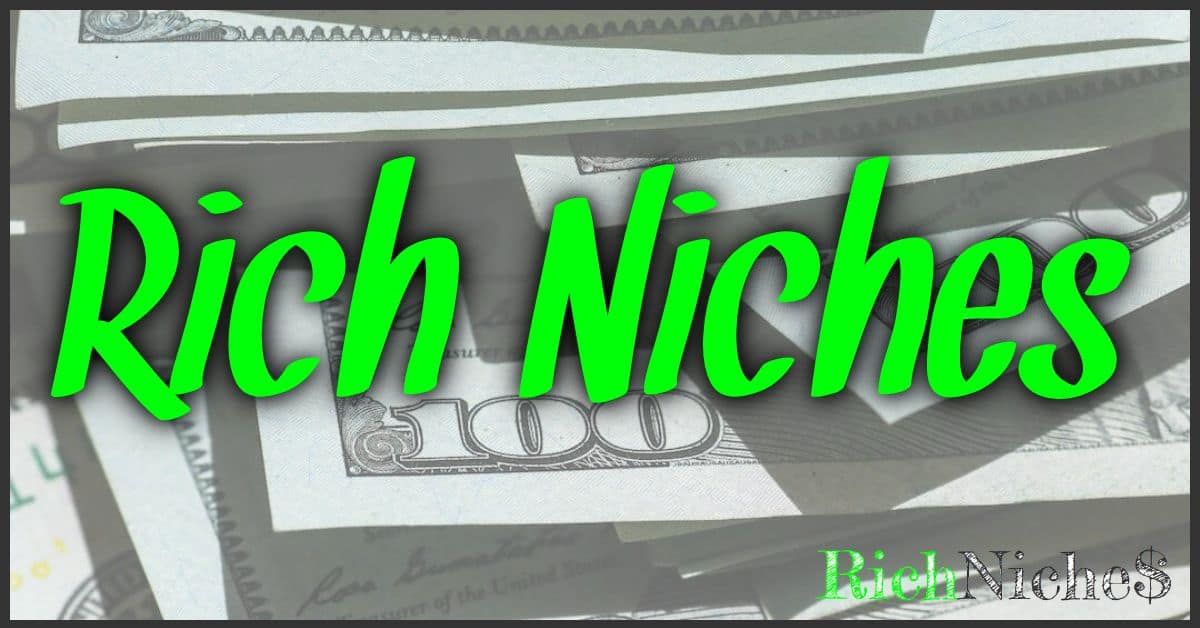
As you dive into the world of Twitter, it’s essential to grasp how this platform fits into the social media landscape, the key players who shaped its early days, and the evolving strategies that contribute to its revenue.
Twitter’s Role in Social Media
Twitter distinguishes itself as a real-time information network where users can share brief updates—limited to 280 characters—called tweets. As a social media platform, Twitter excels in facilitating public conversation and breaking news, often making it your go-to source for events as they unfold.
Key Figures: Jack Dorsey and Others
The key figures behind Twitter include Jack Dorsey, Evan Williams, Biz Stone, and Noah Glass. In 2006, Dorsey conceptualized the idea of an SMS-based communication platform, which led to the creation of Twitter, originally named ‘twttr’. Williams, Stone, and Glass played essential roles in the company’s direction and growth, with Dorsey serving as the CEO for significant periods.
Evolution of Twitter’s Business Model
The business model of Twitter has evolved significantly since its inception. Initially a platform for microblogging, Twitter has grown to incorporate various revenue streams, primarily through advertising services, where businesses pay to promote their products to targeted segments of Twitter’s user base. Additionally, Twitter has explored other avenues, such as data licensing services and a brief period of subscription services, to further monetize its platform.
Revenue Generation
https://www.youtube.com/watch?v=6hit-hZ8OD0&embed=true
When you think about Twitter’s financial success, you’re talking about a blend of robust advertising offerings and strategic data licensing deals. These elements are pivotal in shaping their revenue model.
Advertising Services Overview
Twitter’s advertising revenue is the powerhouse of its financial model. Predominantly, you’ll see that Twitter’s advertising model includes various formats like Promoted Tweets, Promoted Accounts, and Promoted Trends. In 2020, advertising services were responsible for 86% of the revenue, which amounted to $3.2 billion, affirming Twitter’s strength in monetizing user engagement and catering to business marketing needs.
Data Licensing and Other Sources
Beyond advertising, Twitter taps into data licensing to fuel its revenue streams. By selling access to data, they allow businesses to make informed decisions based on user activities and trends. In 2020, this segment brought in 14% of the revenue, which equaled $0.5 billion. Though smaller compared to advertising, data licensing is a critical aspect, rounding out Twitter’s revenue model and providing an additional avenue for monetization.
Advertising on Twitter
https://www.youtube.com/watch?v=2PYz1msP4nY&embed=true
Welcome to the world of Twitter advertising, where you have the power to reach your audience through targeted campaigns and creative content. Now, let’s look at how your brand can benefit from the different advertising opportunities on Twitter.
Promoted Tweets and Accounts
Promoted Tweets are just like regular tweets, only supercharged. They appear in the target audience’s timeline, who don’t already follow your account, ensuring your message gets across. This can significantly increase your tweet’s visibility and engagement. Similarly, Promoted Accounts boost your brand’s presence by suggesting your Twitter account to users likely to be interested in your content.
Targeting and Engagement
When it comes to targeting, Twitter offers you a variety of methods. Whether you’re aiming for keywords, interests, geography, device, or even followers of a similar account, Twitter allows you to fine-tune your audience. Your engagement can soar as you reach users specifically chosen based on your campaign’s goals, driving more clicks, retweets, and replies.
Advertising Sales and Strategies
Your success on Twitter doesn’t just come from what you do—it also depends on how you do it. Advertising sales on Twitter can see a boost with well-thought-out strategies that hone in on peak times, trending topics, and synergistic partnerships. For you, the marketer, it’s about crafting and executing a plan that resonates with your target audience and aligns with your brand’s message.
Twitter for Businesses and Professionals
Twitter offers a dynamic platform for businesses and professionals, allowing you to tap into a network of users to promote content, foster growth, and drive marketing initiatives effectively.
Brands and Businesses as Users
As a brand or business on Twitter, you are among millions of users vying for the attention of your target audience. You can engage with customers, provide support, and share content that reflects your company’s values and message. Your presence on Twitter can significantly enhance your company’s visibility and create opportunities for real-time engagement.
- Content Sharing: Share your latest news, products, and thought leadership articles.
- Customer Interaction: Use Twitter to connect and build relationships with customers.
Influencer Partnerships and Marketing
Engaging with influencers can be a potent tool in your marketing arsenal. Influencers have the power to amplify your content and convey your message to a broader audience. By forming partnerships, you can tap into their follower base, increase your brand’s reach, and drive conversions more effectively than conventional advertising methods.
- Brand-Influencer Collaborations: Partner with influencers to promote your products or services.
- Content Amplification: Leverage influencer credibility to enhance your content’s visibility.
Monetization Features
As you explore the various ways Twitter generates income, it’s important to recognize that a significant portion comes from its innovative monetization features. These features provide users and creators with opportunities to engage with content in exclusive ways while contributing to Twitter’s revenue streams.
Subscription Services
Twitter offers Twitter Blue, its premium subscription service, which allows users like you to enhance your Twitter experience. For a monthly fee, you can access features such as an Undo Tweet option, which can be a real lifesaver if you’ve ever regretted a typo after hitting “Tweet.” Additionally, Twitter Blue subscribers get perks like Bookmark Folders to organize saved tweets and a Reader Mode to make following long threads easier.
Additional Paid Features
In pursuit of additional revenue, Twitter has rolled out various paid features aimed at content creators and power users. For instance, the platform’s Super Follows feature enables you to support and subscribe to your favorite creators, granting you access to exclusive content. Meanwhile, Ticketed Spaces allow creators to host live audio conversations with ticketed entry, adding a unique, interactive element to the user experience.
User Engagement and Growth
Twitter’s success hinges on your active participation and the platform’s ability to continually attract and serve a large, vibrant user base. Your engagement and the spread of viral content are critical to its growth.
Fostering an Active User Base
You are the heart of Twitter’s model; it relies on your constant engagement to keep the platform alive and buzzing. With an aim to grow Monthly Active Users (MAUs), Twitter implements features that encourage you to tweet, retweet, follow, and interact with others. Users who regularly contribute content help Twitter maintain a dynamic ecosystem, which is attractive to new users and retains existing ones. Engagement is measured not just by the number of users, but also the frequency and quality of interactions within the Twitter sphere.
- Engagement Metrics to Consider:
- Tweets per day
- Retweets and mentions
- User time spent on app
User Growth Strategy:
- Attracting new users through marketing
- Ensuring current user satisfaction and activity
- Offering trending and localized content
Content and Virality
The content you create and share is the lifeblood of Twitter, having the power to become viral and reach millions within hours. The platform is designed to amplify voices and content that resonate with a wide audience, further driving User Engagement. When content goes viral, it not only brings attention to the original poster but it also entices new users to join the conversation, signifying growth.
- Viral Content Characteristics:
- Shareworthy and relatable
- Timely or topical relevance
- Often includes hashtags and visuals
Encouraging Virality:
- Highlighting trending topics
- Promoting accessible, user-friendly posting tools
- Utilizing algorithms to enhance the visibility of popular content
Twitter’s Place in the Competitive Landscape
In the fast-paced world of social media, Twitter holds a unique position. Your understanding of its competitive strategy is crucial, especially when comparing its features and user base with those of Facebook and Instagram, and considering the rapid growth of newcomers like TikTok and WhatsApp.
Comparison With Facebook and Instagram
Twitter, Facebook, and Instagram all serve as pillars in the realm of Social Media Platforms, but each has carved out its own niche. On the one hand, you have Facebook, with its powerful platform for connecting people globally through detailed profiles, community pages, and various media-sharing capabilities. On the other hand, Instagram is largely image and video-centric, appealing to your creative and visual storytelling sensibilities.
-
Twitter vs Facebook: Twitter’s 280-character limit encourages brevity and real-time communication. Your experience here is often around news, entertainment, politics, and more instantaneous content. Whereas on Facebook, you’re likely to engage with a range of content, from personal updates to long-form articles and videos.
-
Twitter vs Instagram: While Instagram emphasizes the power of the visual medium through photos and stories, Twitter focuses on the written word, even though it also supports visual content. You might pop over to Twitter for quick updates and then switch to Instagram when you’re in the mood for a more visual experience.
Emerging Competitors: TikTok and WhatsApp
Emerging social media forces like TikTok and WhatsApp are reshaping the landscape, offering fresh challenges to Twitter.
-
Twitter vs TikTok: TikTok has taken the social media world by storm, especially among younger audiences. This platform offers you bite-sized, highly engaging video content, setting the stage for a new type of viral content. Twitter’s text-centric approach offers a different experience, one that may cater to users looking for news or commentary rather than entertainment.
-
Twitter vs WhatsApp: WhatsApp serves as a messaging powerhouse, providing you with a direct and personal way to communicate with friends, family, and groups. Although Twitter facilitates conversation, it does so publicly, positioning itself as a public square rather than a private chat room.
In understanding Twitter’s place, remember that while other Social Media Platforms like YouTube extend the spectrum with long-form content, Twitter consistently emphasizes the quick, the current, and the conversational. Each platform has its strengths, and yours might vary depending on your immediate needs or preferences.
Twitter’s Financial Health
You’ll see that Twitter’s ability to generate revenue and its corresponding market value have been subjects of interest for investors and industry observers. Let’s break down the specifics in terms of its sales performance and how the market perceives its worth.
Sales Performance and Profitability
Twitter has predominantly earned money through advertising and data licensing. In recent years, subscription services have also contributed to its revenue streams. For example, subscription services such as Twitter Blue have been introduced to enhance user experience and provide additional revenue.
- Q1 2020: $808 million in revenue
- Q2 2021: $1.19 billion in revenue
Profitability has been a mix of ups and downs. Some quarters showed profit, while others reported losses due to various factors ranging from operational costs to investments in new products.
Valuation and Market Perception
You should be aware that Twitter’s share price can be influenced by various factors, from its quarterly earnings reports to broader economic conditions. After its IPO in 2013, Twitter’s valuation has seen significant fluctuations.
- IPO Price (2013): $26 per share
- Current Value: Linked to market conditions and performance
Twitter’s valuation and market perception are not just about the numbers but also about the potential for future growth and profitability. Budget allocation towards innovation and user growth are key aspects that can sway investor confidence and, in turn, impact valuation.
The Role of Twitter in Society
As you dive into the vast world of Twitter, you’ll find it has reshaped the way news spreads and how communication unfolds on a global stage.
Twitter as a News and Communication Tool
In today’s fast-paced world, Twitter serves as an indispensable hub for real-time news and information. Breaking stories often hit Twitter long before traditional media, offering you instant access to the latest events from around the globe. Public tweets from both official news outlets and eyewitnesses provide a multifaceted perspective on world happenings. This social network also enables direct communication between you and public figures, carving out a space where information exchange is democratized and accessible.
Political Impact and Free Speech Debates
Twitter’s influence extends significantly into the political arena, where it acts as a stage for political dialogue and campaigning. Your engagement with politicians’ tweets can directly influence political narratives and public opinion. However, this influential power sparks ongoing free speech debates, particularly when it comes to moderating content on the platform. You’re witnessing a constant tug-of-war between the promotion of healthy discourse and the safeguarding against misinformation, all under the scrutinizing eye of both the public and legislators.

